PPT-Microchip’s Academic Program
Author : tawny-fly | Published Date : 2016-05-30
Our Mission Facilitate the integration of Microchip products and technologies into the classroom How do we do this How do we do this Access to labs curriculum and
Presentation Embed Code
Download Presentation
Download Presentation The PPT/PDF document "Microchip’s Academic Program" is the property of its rightful owner. Permission is granted to download and print the materials on this website for personal, non-commercial use only, and to display it on your personal computer provided you do not modify the materials and that you retain all copyright notices contained in the materials. By downloading content from our website, you accept the terms of this agreement.
Microchip’s Academic Program: Transcript
Download Rules Of Document
"Microchip’s Academic Program"The content belongs to its owner. You may download and print it for personal use, without modification, and keep all copyright notices. By downloading, you agree to these terms.
Related Documents

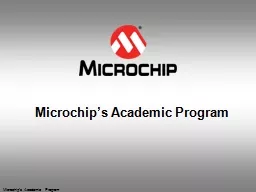

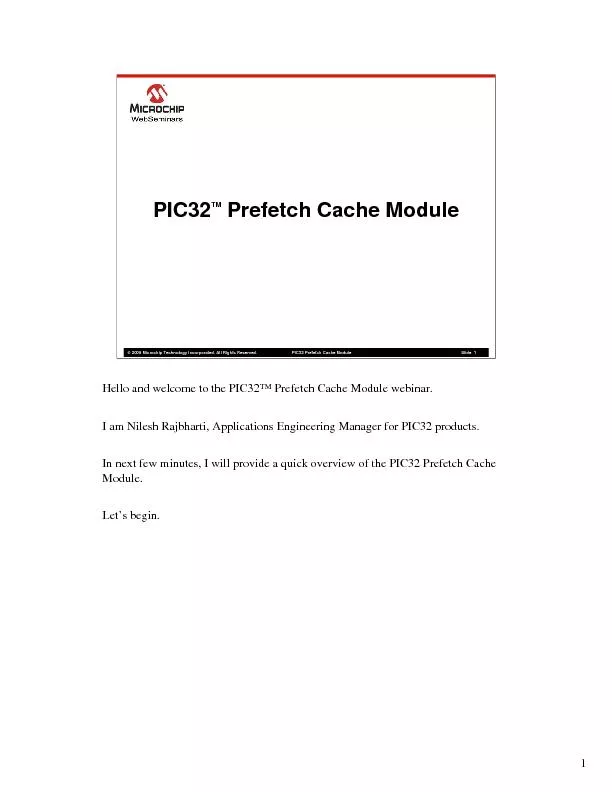
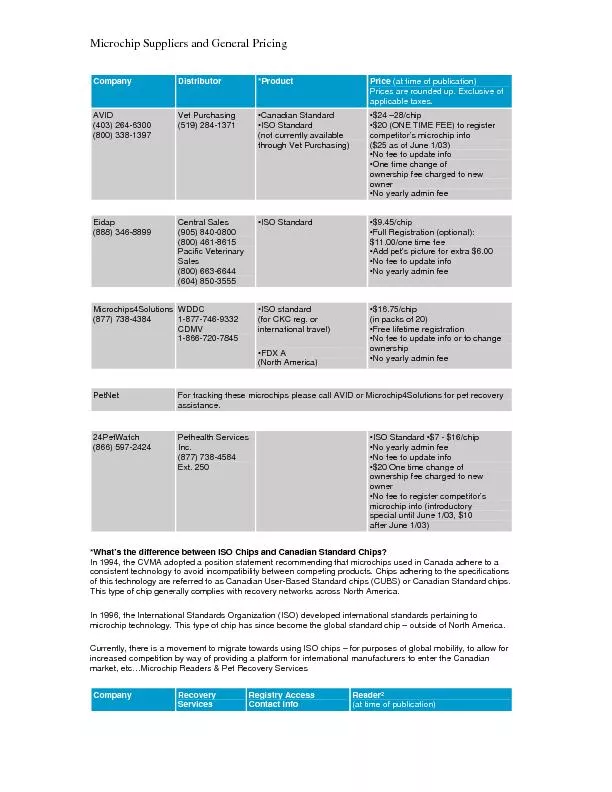


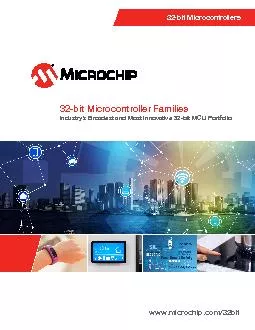
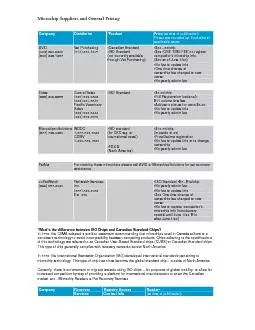
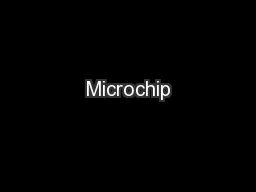

![[BOOK]-The Chip: How Two Americans Invented the Microchip and Launched a Revolution](https://thumbs.docslides.com/954213/book-the-chip-how-two-americans-invented-the-microchip-and-launched-a-revolution.jpg)
![[DOWNLOAD]-The Chip: How Two Americans Invented the Microchip and Launched a Revolution](https://thumbs.docslides.com/957342/download-the-chip-how-two-americans-invented-the-microchip-and-launched-a-revolution.jpg)
![[READ]-Embedded C Programming and the Microchip PIC](https://thumbs.docslides.com/979527/read-embedded-c-programming-and-the-microchip-pic.jpg)
